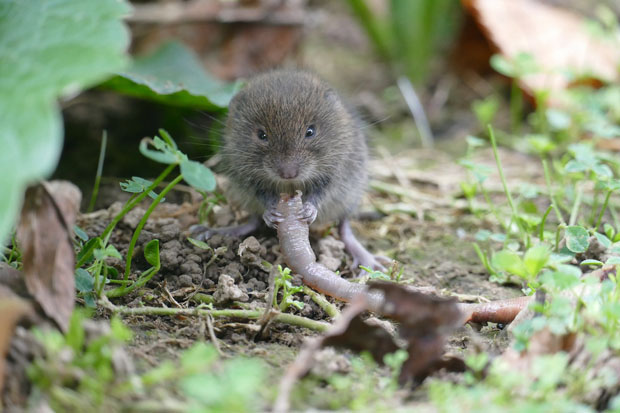Comprehensive Guide to Effective Vole Parasite Control: Problem Identification and Therapy Approaches
In the realm of effective bug control, vole infestations position an one-of-a-kind obstacle that requires a strategic method. By discovering the nuances of vole habits, understanding essential indications of invasion, and evaluating a variety of control choices, one can establish a thorough approach to fight these elusive insects.
Comprehending Vole Behavior
Vole behavior is characterized by their burrowing behaviors and quick reproduction rates, making them a tough bug to control efficiently. These tiny rats normally produce complex passage systems underground, using them for shelter, food storage, and transport. Voles are herbivores, consuming a range of plants, bulbs, origins, and turfs, which can create considerable damage to gardens, orchards, and yards. Their rapid reproductive rate further makes complex control initiatives, with females with the ability of generating numerous clutters in a single year, each having several offspring.
Voles are most energetic throughout the morning and evening hours, investing the bulk of their time foraging for food. Their tunneling behaviors not just disrupt lawns and yards yet likewise make them testing to remove and detect. Recognizing vole habits is vital for reliable insect control strategies. By determining their burrow locations, keeping track of feeding areas, and carrying out targeted control approaches, such as trapping or environment modification, vole invasions can be handled successfully.
Indicators of Vole Infestation

Prevention Strategies
Carrying out reliable prevention techniques is critical in decreasing vole problems and guarding plant life from their damaging feeding habits. To stop vole infestations, it is essential to begin by removing potential food sources and sanctuary.
Frequently examining the building for indicators of vole activity, such as runways and tunnel openings, is important for very early discovery and punctual action. If vole task is presumed, consider using traps or repellents tactically positioned near their paths.
Non-Lethal Control Methods
To properly handle vole populaces while focusing on gentle techniques, non-lethal control approaches use practical services for lowering vole damage in landscapes and gardens. These barriers can be hidden at the very least 12 inches deep and bent at a 90-degree angle to prevent voles from delving beneath.

Lethal Control Options
One efficient method for resolving vole invasions in landscapes and yards entails the strategic use of deadly control alternatives. When encountered with a severe vole infestation that non-lethal approaches have failed to consist of, carrying out deadly control steps ends up being critical. Overall, when utilizing lethal control alternatives, it is essential to do so sensibly and in accordance with neighborhood guidelines to properly handle vole problems.
Conclusion
Finally, efficient vole pest control needs a comprehensive understanding of vole actions, recognition of signs of invasion, application of avoidance techniques, and use of both dangerous and non-lethal control techniques. By integrating these approaches, individuals can efficiently manage vole populations and shield their residential or commercial property from damage. It is necessary to address vole invasions quickly to stop more problems and lessen the influence on the surrounding environment.
Offered the complex tunnel systems and fast reproduction rates characteristic of voles, recognizing the indications of vole infestation ends up being necessary in effective insect control. One of the main signs of vole existence is the visibility of surface paths or trails in turf or snow, normally about 1-2 inches large, created as voles travel in between their burrows and food resources.To properly take care of vole populations while prioritizing humane techniques, non-lethal control methods supply useful options for minimizing vole damages in gardens and landscapes.One reliable method for resolving vole infestations in landscapes and gardens includes the calculated usage of deadly control choices. vole yard damage.In final thought, efficient vole parasite control calls for a comprehensive understanding of vole actions, identification of signs of problem, execution of prevention techniques, and utilization of both non-lethal and lethal control techniques